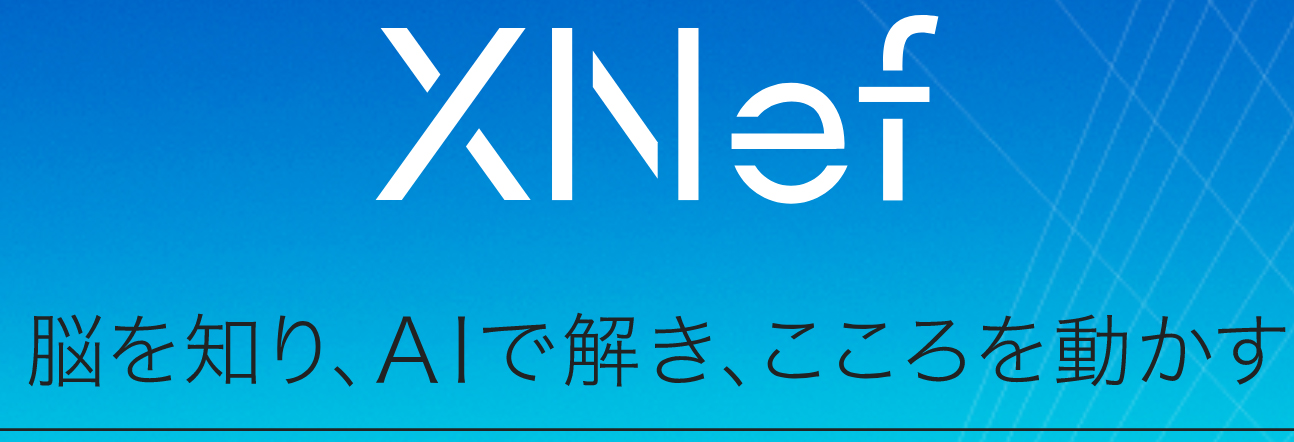











Call for Papers
The deadline for submissions has been extended to April 8 at noon JST.
We will call for late-breaking abstracts thereafter during the period below:
Submission period: April 22 at noon JST – May 14 at noon JST
Please note that late-breaking abstracts will be called for virtual poster presentations only.
If you wish to present your work on-site in Kobe, please be sure to submit an abstract before April 8.
How to Present your Abstract
Valuing in-person oral presentations and discussions of general abstracts, we have decided that oral presentations should be delivered only on-site in Kobe.
It is difficult for international travelers to enter Japan to participate in the meeting on-site as we have previously indicated, overseas researchers are asked to opt for poster presentations, which can be made remotely.
How to make remote poster presentations and discussions (use of slides, live streaming, etc.) will be considered later.
We will prepare a platform where presenters and audience will be able to fully engage in discussions whether the presentation type is oral or poster.
Details will be announced once they are determined.
| Oral Presentation (General) | Poster Presentation | Late-Breaking Abstracts | ||
|---|---|---|---|---|
| Abstract Submission Period | - April 8 at noon 17:00 JST | - April 8 at noon 17:00 JST | April 22 at noon JST – May 14 at noon JST |
|
| Presentation Format | Residents of Japan | On-site presentation in Kobe (to be live-streamed) |
(1) Mount a poster on a board on-site in Kobe and give a presentation. (2) Deliver a virtual presentation via a web conference system. (3) Deliver a presentation in each of the formats (1) and (2). |
Remote presentation via a web conference system |
| Overseas Residents / Residents of Japan who Prefer Remote Presentation | Change to poster presentation | Remote presentation via a web conference system | ||
| Note | Presentation type of overseas residents, or residents of Japan who prefer remote presentation will be changed to poster presentation. | Details will be announced and residents in Japan will be asked to choose one of three options in late May. | ||
The 44th Annual Meeting of the Japan Neuroscience Society (JNS) aims to provide a forum where researchers can exchange the latest research results, about new technologies, and pursue the challenge of new discoveries and breakthroughs in order to accelerate the rapid progress of brain science and brain medicine. We believe that most important above all is to ensure the safety and security of all the participating members. Therefore, we will adopt a hybrid format for this Meeting.
Participants from Japan will be able to attend the conference on site in Kobe, but remote participation will also be made possible at the discretion of each participant.
In addition to taking measures to ensure the safety of on-site presenters of symposia and general abstracts (oral and poster), we are currently working on a system that will allow as many members as possible to give feedback on virtual presentations.
Participants from abroad will participate, in principle, through the virtual track. While we acknowledge that with expanded opportunities for vaccination, new COVID-19 infections may move toward a gradual cessation in the future, restrictions to enter Japan may continue until summer. Therefore, we are currently preparing a Virtual presentation/participation system that will allow overseas residents to participate in the Meeting with peace of mind under any circumstances.
In spite of, or even because of, these challenging times, we sincerely hope that many domestic and foreign researchers and members will encounter each other at this Meeting, and that the fruitful gathering at this conference will serve as a starting point for future research of many of our members. Please be assured that we will continue the preparations for this Meeting, keeping in mind that all participants, on-site and remote, are “on the same boat” to aspire to the best future of Neuroscience.